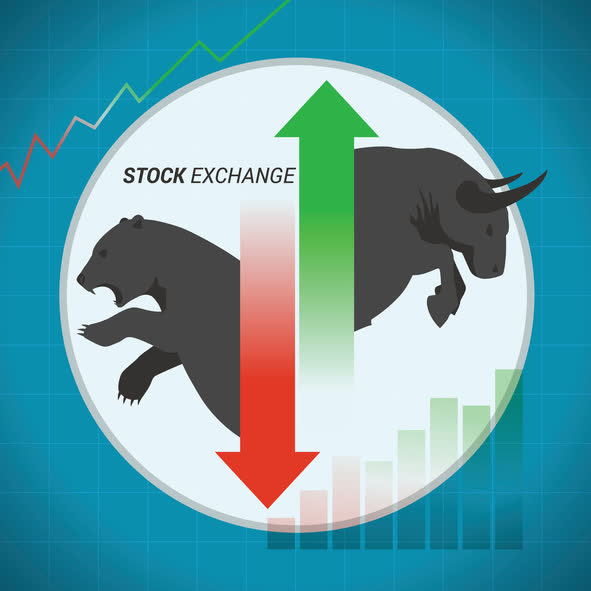Dividend Value Builder Newsletter
What is Common Stock? Advantages and Risk
What is Common Stock?
Common stock is a type of equity share issued by a corporation or entity. The buyers of common stock are referred to as shareholders.
Ownership Equity
Common stocks are fractional shares or a percentage equity ownership of an entity. Shares represent a proportional stake in the company’s net worth, income, cash flow, dividend, etc. Shareholder privileges usually include voting rights on issues that require shareholder approval and electing the directors of the entity.
Why Issue Common Stock?
When a company needs to raise capital for starting or growing their business they can borrow the money or sell investors’ (shareholders) shares or ownership in the company.

Advantages of Common Stock
Equity ownership provides the highest rate of return in the long run; more than bonds and cash. Common stocks have provided over a 6% real rate of return in the long run, providing one of the best means to stay ahead of inflation.
Stock ownership is one of the foundations of capitalism and a free enterprise system. Common stock provides benefits to the issuer, shareholder, and society in general.
The issuer raises capital for producing goods or services. The shareholder receives the fractional benefits of an enterprise that is much larger than they would normally be able to participate in. Society enjoys the benefits of the goods and services of the issuing company as well as the jobs produced by the company. And let’s not forget the taxes paid by both the company and shareholders.
Risk of Common Stock
Owners of common stock have no guarantees, but are accepting the risk in exchange for potential greater gains than other safer investments. However, the shareholder’s liability is limited to the price paid for the common stock.
Common stock can be very volatile and is generally considered a high risk investment class. In the case of liquidation of the business, owners of common stock are last in line behind creditors, bondholders, and preferred stockholders.
Common Stock Value Investing
The price a common stock can trade for more or less than its real or intrinsic value. This is why it is important to understand the value of any stock you purchase. In order to reduce the risk of owning common stock, you want to purchase the stock at a discount to its intrinsic value.
If you can buy a stock for less than its real value the difference between the price you paid and its real value is called the margin of safety. The larger the margin of safety the less risk and the greater potential reward in holding that investment.
All investors with a long term investment horizon should consider owning common stock. The advantages of owning stock far outweigh the risks for investors who are willing do their homework, look for value, and accept a long term investment horizon.
Related Reading:
10 Investing Principles Fundamental To Successful Outcomes
34 Investment Strategies & Rules To Make You A Better Investor
Minimize Large Portfolio Drawdowns
Invest With Confidence in Less Time - Manage Your Portfolio Without Behavioral Errors
